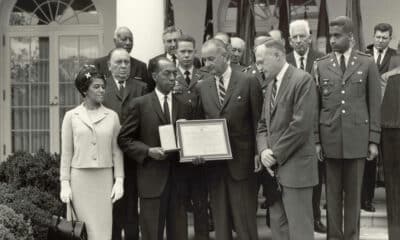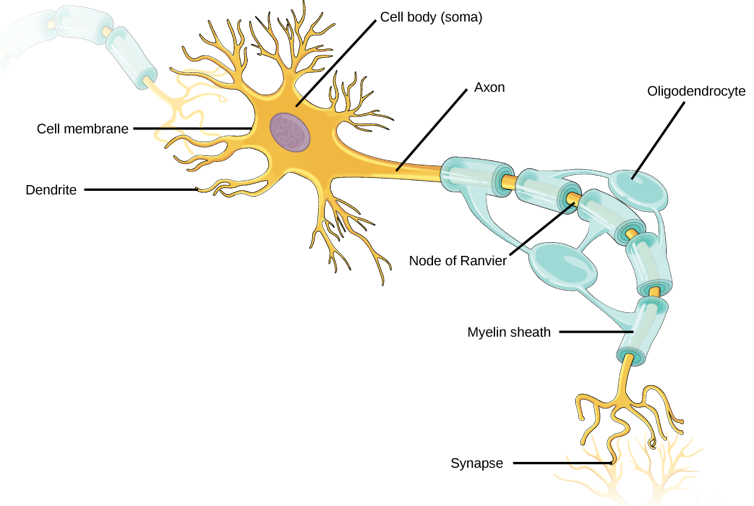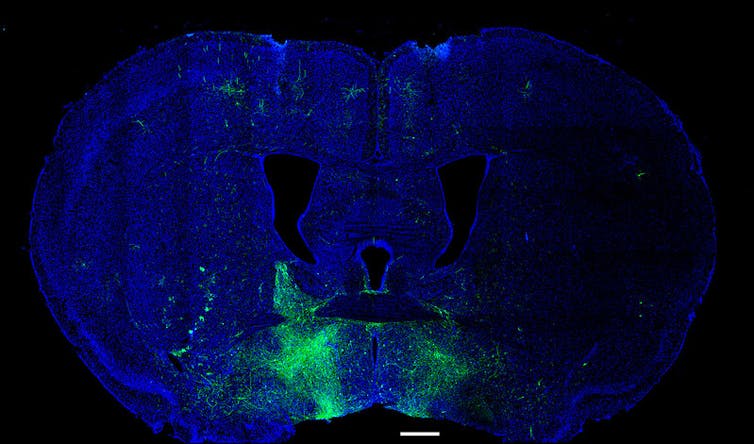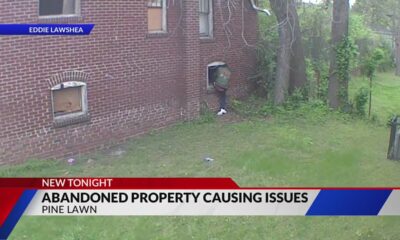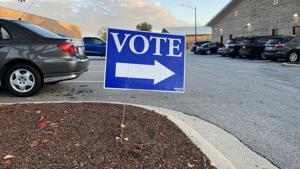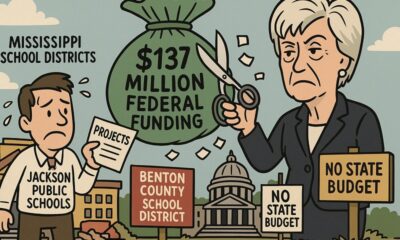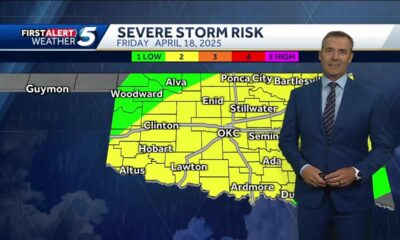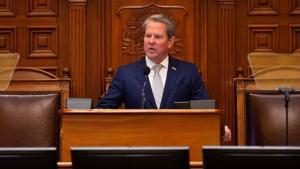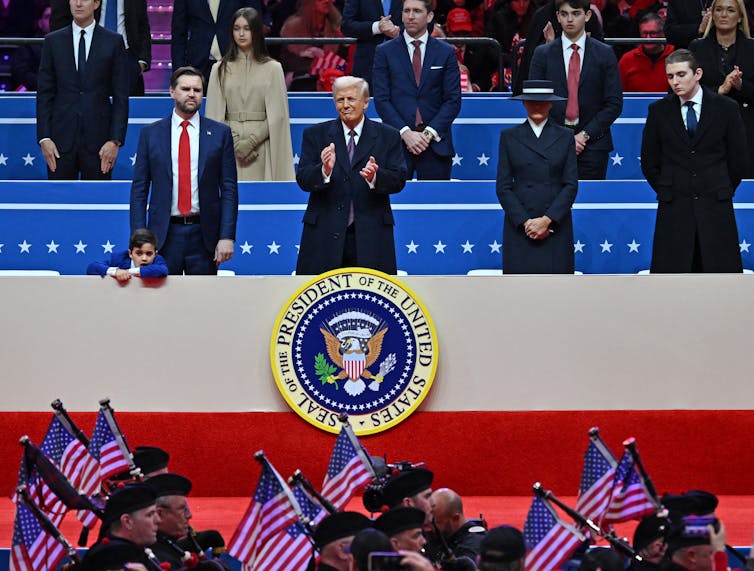
Angela Weiss/AFP via Getty Images
Jean Lantz Reisz, University of Southern California
During his first day in office on Jan. 20, 2025, President Donald Trump signed a slew of executive orders on immigration that would make it harder for refugees, asylum seekers and others to try to enter the U.S. – and for some immigrants to stay in the country.
On Monday night, Trump signed executive orders that included declaring a national emergency at the U.S.-Mexico border and pausing refugee admissions for at least four months. Migrants trying to enter the U.S. at the border also found that CBP One, an app they used to schedule asylum application appointments, was shut down.
Amy Lieberman, a politics editor at The Conversation U.S., spoke with scholar Jean Lantz Reisz, co-director of the University of Southern California’s Immigration Clinic and a clinical associate professor of law, to understand the meaning of Trump’s new executive orders – and the challenges he could face in implementing them.
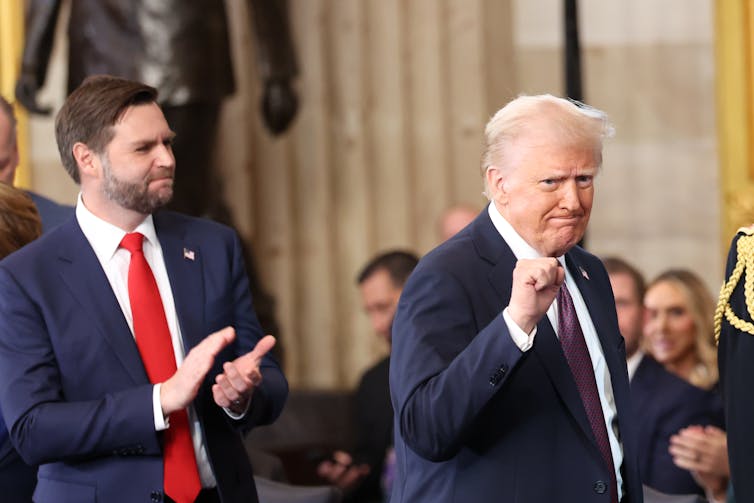
Kevin Lamarque-Pool/Getty Images
Will Trump be able to carry out these many executive orders?
When it comes to immigration and national security, the president has a broad range of powers. We are hearing that Trump is trying to end asylum. Migrants at the U.S. border today had their appointments with Customs and Border Protection canceled.
There will be litigation because asylum is a big part of U.S. law and only a Congressional act can end it. Using different kinds of national security and public health actions, like Title 42, an emergency health order that allowed the government to turn away migrants at the border because of COVID-19, has been successful in the past at making it harder for people to seek asylum – but a presidential action cannot end asylum.
If Congress wanted to end asylum, it would be a terrible thing in the world of international human rights, but it could still happen.
Trump announced he will reinstate the Remain in Mexico program, which requires people seeking asylum in the U.S. to remain in Mexico while they await their court date. It would require Mexico’s cooperation to do this, especially since this would apply to migrants who are not even from Mexico. Usually, this kind of announcement would have to first be published in the Federal Register for comment. This procedure has not been followed here and could leave this policy open to legal challenges.
What does it actually mean to shut down the border?
We don’t have the details yet, but it looks like shutting down the border means the U.S. government will no longer process any migrants coming to the border without visas for asylum or other kinds of humanitarian relief.
Up until now, if a migrant comes to the U.S. border and says they fear returning to their home country, they are supposed to be given a so-called “credible fear interview.” That would be suspended. People have the right to seek asylum under U.S. law, and by shutting the border down, the president is preventing people from exercising that right.
Now, under Trump’s orders, migrants who are crossing into the country and seeking asylum or humanitarian parole at a U.S. border port of entry will be denied the right to stay in the country, even temporarily. Everyone who crosses the border will be immediately expelled from the country.
That is an immediate impact that is already being felt at the border. But for people who already crossed the U.S. border and applied for asylum, their situations have not changed, according to these executive orders. This is also unlikely to affect people who have visas to enter the country or those conducting any commerce across the border.
Trump announced that he will use the Alien Enemies Act to deport immigrants who are in the country illegally. Are there limits on his ability to do that?
The president has the authority to invoke the Alien Enemies Act, a law from 1798 that allows a president to detain and deport noncitizen males during times of war. This is aimed at making it easier to deport people who have been suspected of belonging to a drug cartel.
But the U.S. government then has to prove that it is at war with the migrant’s country of origin, and that the drug cartels represent this entire country and government. In the immigration system, a president can deport someone who is suspected of supporting or belonging to a drug cartel or terrorist group, but Trump may be using the Alien Enemies Act to deport a targeted group of persons more quickly.
The Alien Enemies Act does allow a federal court to review whether or not a person being targeted by the U.S. government is actually an alien enemy. This hasn’t actually played out for almost 100 years, but someone could challenge the government’s designation that they are a foreign enemy and take the claim to a federal court, or all the way up to the Supreme Court.
What are some of the other big changes that you will be watching?
First, The Washington Post reported that the Trump administration will end birthright citizenship, which gives U.S. citizenship to U.S.-born children of noncitizens. I think that would play out by Trump issuing orders to federal agencies like the U.S. Citizenship and Immigration Services and the Social Security Administration to not process citizen’s applications for passports or Social Security numbers if they cannot demonstrate that the citizen’s parents were lawfully present in the U.S. at the citizen’s birth.
That would then be challenged with lawsuits because the president can’t just say there is no more birthright citizenship when it is part of the U.S. Constitution.
I am also expecting mass arrests of immigrants living in the U.S. without legally authorized status through workplace raids targeting them. The president has the authority to arrest everyone who is in unlawful status. But most immigrants living in the U.S. without legal authorization have the right to go in front of an immigration judge to argue that they are lawfully in the U.S. There is a long backlog right now of cases in immigration court. It could also be prohibitively expensive to arrest, detain and deport the millions of people that Trump wants to deport.
Finally, by declaring a national emergency at the southern border, Trump could use Department of Defense funding for immigration enforcement and allow the military and the National Guard to help patrol the border and build a border wall.
The National Guard has assisted in border security administrative work under Joe Biden’s administration, as well as Barack Obama’s and Trump’s, by doing things like mending fences and stocking warehouses. This freed up more Border Patrol and Customs and Border Protection agents to go out and actually arrest immigrants. That is nothing new.
But the way Trump is saying he is going to enlist military to do the law enforcement would likely be challenged. U.S. law says you cannot use the military in internal law enforcement operations.![]()
Jean Lantz Reisz, Clinical Associate Professor of Law, Co-Director, USC Immigration Clinic, University of Southern California
This article is republished from The Conversation under a Creative Commons license. Read the original article.














